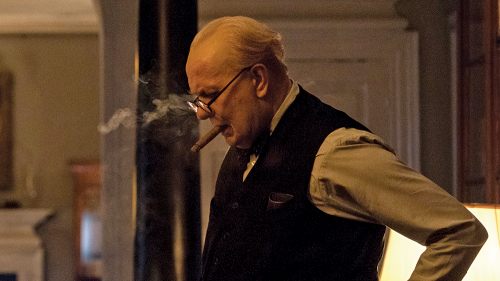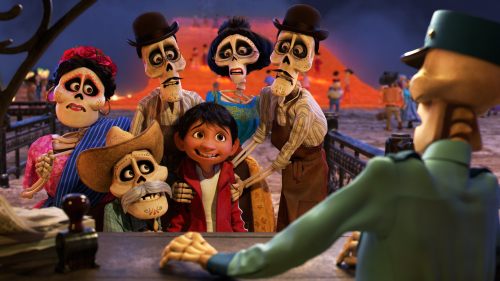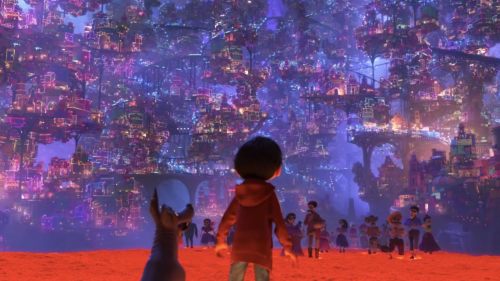The Music Of COCO: Crafting A Love Song To Mexico
The creators of Coco knew from the beginning that they needed to get it right, landing on an appreciation and celebration of Mexican culture and not an appropriation. They took trips to Mexico to talk to locals and research Dia de los Muertos; they brought on Latinx creators, consultants, and actors (Gael García Bernal, who plays Hector, suggested that his character call Miguel chamaco).
They also, for the first time in Pixar history, brought cultural advisors into all of their quarterly internal screenings, making story changes along the way based on their input. Early on, co-director Lee Unkrich explains, Abuelita carried a wooden spoon to smack people with. But as soon as the consultants saw the screening, they said that it had to be her chancla instead.
On top of all of this, Coco has a story that revolves completely around music. It’s Miguel’s dream to play the guitar, so once he finds out that his great-great-grandfather is the famed musician Ernesto de la Cruz, he knows that the connection is meant to be. So it’s doubly important that this movie gets the music right – to honor the story, and to honor the culture that it draws from.
When the creators were thinking about the film’s music, they divided it into three categories: source music, the score, and original songs. The team brought on Germaine Franco and Camilo Lara as musical consultants and songwriters.
For source music – music used throughout the film in the background to add to the atmosphere of town squares or certain parts of the Land of the Dead – they zeroed in on Oaxaca specifically. They wanted according to Camilo Lara,
a “sonic landscape that smells like Mexico.” By seeking out local musicians who took the suggested songs and added their own adaptations and improvisations, the creators tried to get as authentic as possible. They used banda music (a style focusing on big sounds like brass and percussion), specifically from the mixe culture in Oaxaca. They also found jarocho musicians, combining this music with peteneras – a special kind of tap dancing on a raised platform.
The score of the movie was composed by Michael Giacchino, who worked with Franco and Lara to create an emotional journey that reflected the music of Mexico and the dreaminess of childhood. All of Giacchino’s melodies were originally composed on guitar before being adapted to a larger orchestra.
Finally, the movie’s original songs drew from classic Mexican hits. Co-director Adrian Molina notes that they wanted the music to be “embedded in Miguel’s journey,” not tacked on, and so the songs in the film feel more organic than your typical musical breakouts. “Remember Me,” one of Ernesto de la Cruz’s songs, was modeled off Mexican old Hollywood, recorded with mariachi and banda for a sweeping and crooning feel. Musician Antonio Sol recorded a demo for “Un Poco Loco,” and Franco mapped out the back-and-forth of the rhythmic zapateado dance with her own botas, which shaped the dance scene in the movie.
With Coco, the Mexican music isn’t just part of the story, added on after the fact. It’s not a footnote or an addition. It’s the thing that gives the film its soul.



